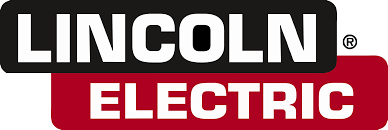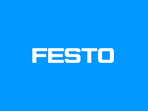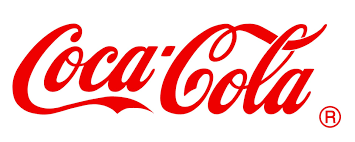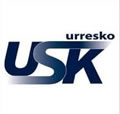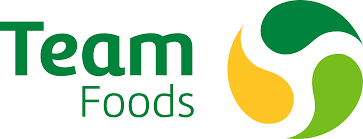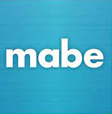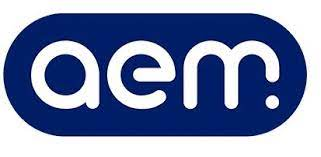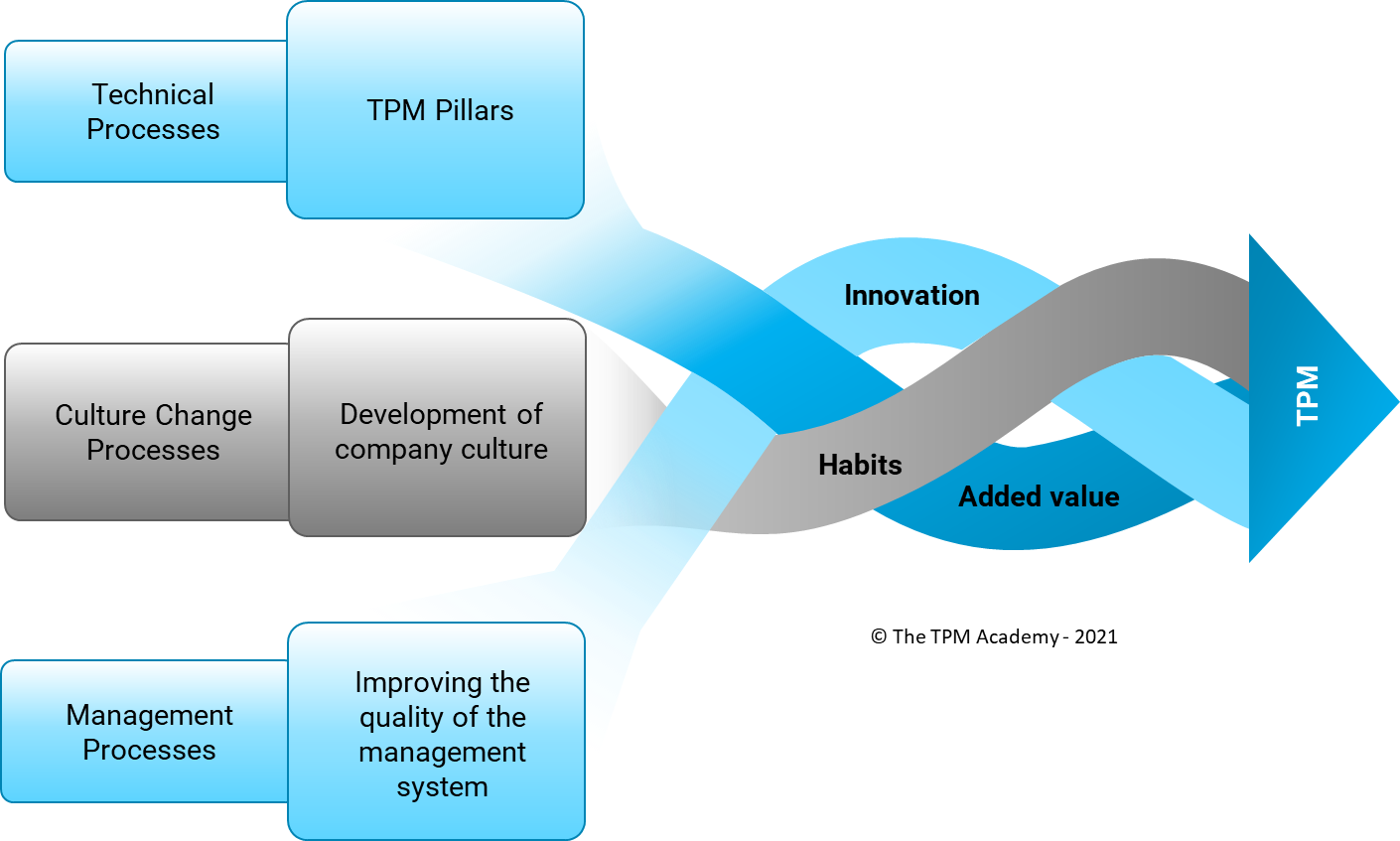
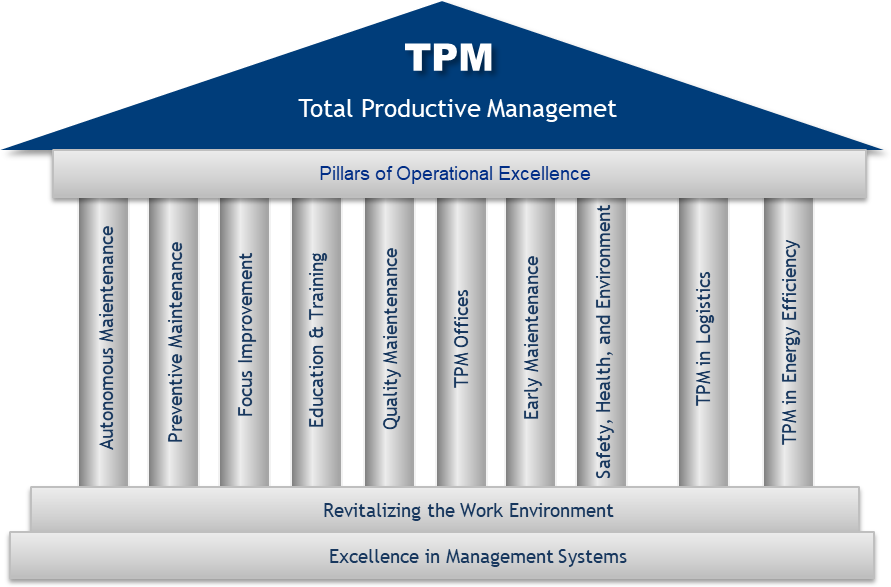
Fundamental TPM processes. The TPM Pillars
The fundamental processes, or pillars, of TPM are specialized industrial management activities designed to eliminate and prevent the specific causes of problems that hinder achieving high levels of productivity in industrial operations. These pillars were developed by the JIPM (Japanese Institute of Plant Maintenance) to facilitate the systematic introduction of TPM in an organization.
The methodology suggested by the JIPM for implementing the pillars has been refined over more than four decades of industrial practice across various sectors. This methodology follows a technical logic aimed at improving machinery and processes through the application of the corresponding pillars and steps.
Each pillar utilizes specialized methods that are introduced gradually as the implementation of each step progresses. One of the features that makes the methodology suggested by the JIPM effective is the recommended audits, which compile the necessary practices to achieve the intended objectives. These audits serve as useful guides to ensure the orderly and effective implementation of TPM.
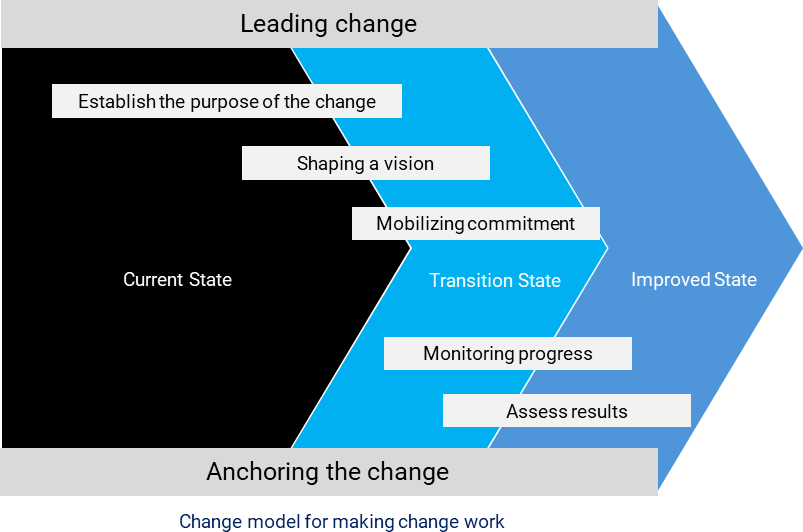
Processes for managing cultural change
Technological solutions alone are not enough to improve business results. Managing highly efficient production sites requires a change in working habits, especially those inherited from the era of command and control. Practices such as autonomous shop floor management, visual management, standardization, autonomous process control, a culture of information quality, and problem-solving are now part of the new operational management approach.
TPM is a key tool for introducing new practices and competencies that help build a new work culture. Learning to delegate and empower operational staff (autonomy) to initially perform simple maintenance tasks, for example, creates a new discipline of self-training and personal growth. This is useful for introducing more advanced technical and organizational concepts. TPM facilitates the development of new behaviors and helps raise awareness, a necessary step for cultural transformation.
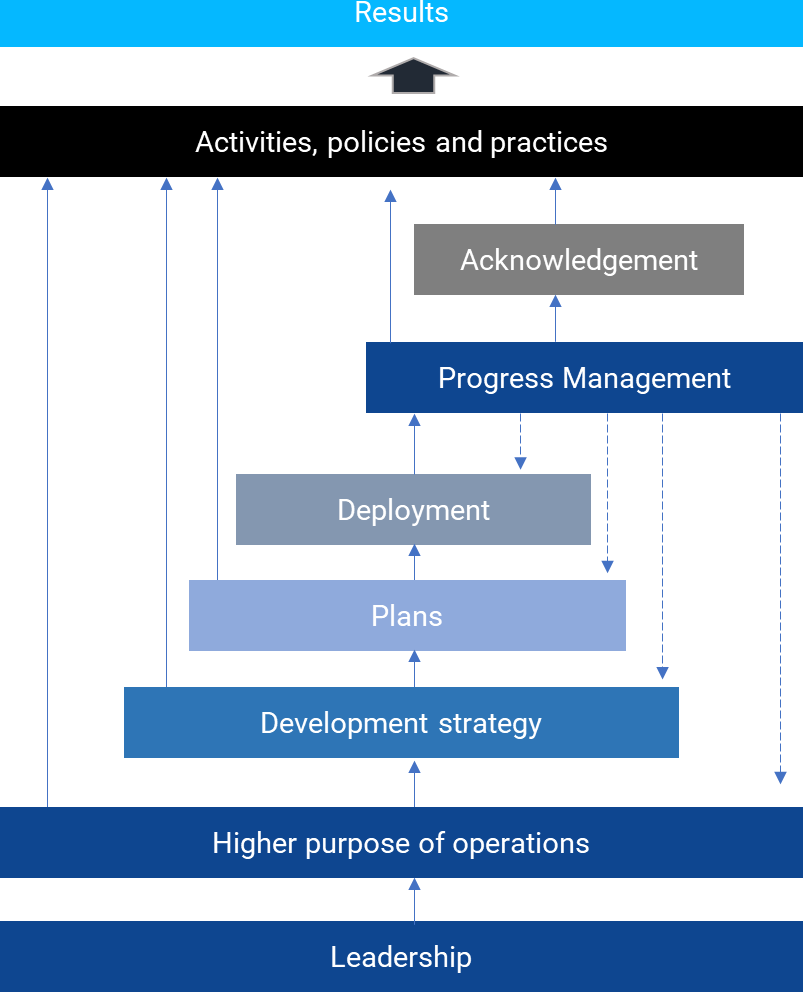
Management process
The management processes integrated into the TPM system aim to improve both the efficiency and quality of management. The following five practices are characteristic of organizations with extensive experience in TPM:
Breakthrough objective setting: Establishing high-impact improvement objectives in industrial operations.
Priority management: Enables the integration of efforts from all employees across the organization to achieve the objectives set through the policy deployment process. It aims to secure commitment at all levels of the organization to achieve these objectives.
Visual management: An activity used to assess progress toward goals. Visual management employs two highly effective methods: the use of visual management boards and pre-discussed action planning sessions.
Management's mobilization capability: Refers to the leadership competencies necessary to engage employees in achieving the anticipated goals.
Continuous improvement: Fostering a culture of continuous improvement in which all employees actively participate in identifying and solving problems, thereby promoting innovation and efficiency across all processes.
Testimony
«I received excellent mentoring from the professionals at The TPM Academy, which enabled me to design machine reliability improvement strategies and focused me on the plan for the future development of a new, more effective maintenance model based on TPM.»
© 2023 The TPM Academy is a strategic unit of Apsoluti Business LTD.
